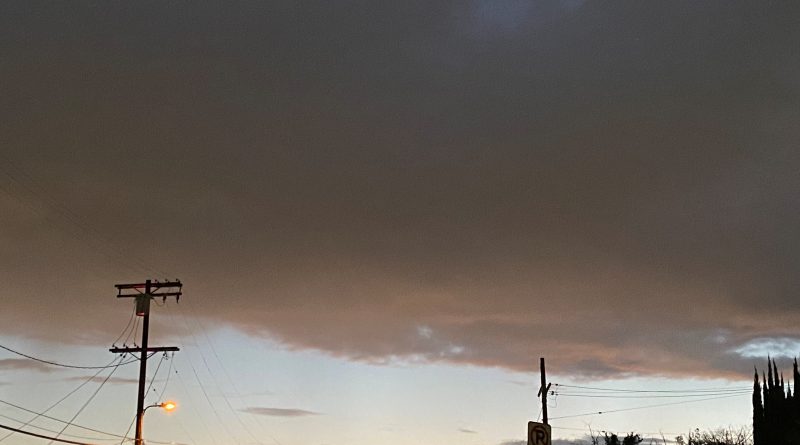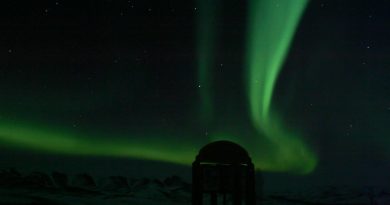Atmospheric Rivers
Atmospheric rivers occur when water evaporates into the air and is carried along by the wind, forming long currents that flow in the sky like rivers flow on land. They can cause severe rains and mountain snow.
In some parts of the world, changes in atmospheric humidity and heat caused by climate change are expected to increase the intensity and frequency of extreme weather and flood events caused by atmospheric rivers. This is expected to be especially prominent in the Western United States and Canada.
Atmospheric rivers are partly to blame for the torrential rains in California in early 2023 .The subtropical moisture streaming into the west coast from the warm Pacific waters around Hawaii is known as The Pineapple Express and has created more than a dozen severe storms in just a few weeks.
The growing frequency and intensity of storms amid bouts of prolonged drought are symptomatic of human-caused climate change, experts say.
The term atmospheric river was originally coined by researchers Reginald Newell and Yong Zhu of the Massachusetts Institute of Technology in the early 1990s to reflect the narrowness of the moisture plumes involved. Atmospheric rivers are typically several thousand kilometers long and only a few hundred kilometers wide, and a single one can carry a greater flux of water than Earth’s largest river, the Amazon River. There are typically 3–5 of these narrow plumes present within a hemisphere at any given time. These have been increasing in intensity slightly over the past century.




